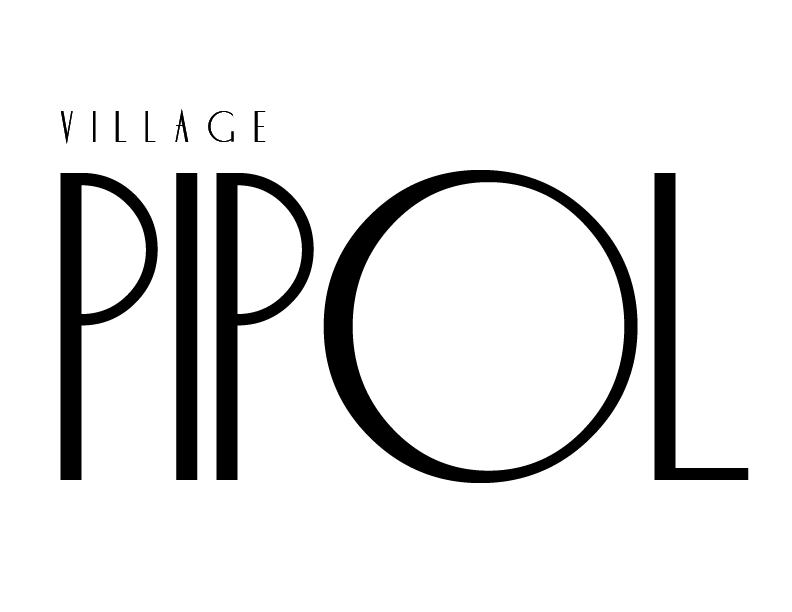Astrophotography: A journey into space

“Mortal as I am, I know that I am born for a day, but when I follow the serried multitude of the stars in their circular course, my feet no longer touch the earth; I ascend to Zeus himself to feast me on ambrosia, the food of the gods.”
– Ptolemy, Astronomer
Ever since I was a child, I have been curious about what is beyond Earth. Like other kids, I also dreamed of becoming an astronaut. I’ve always wanted to reach the sky, especially at night. I don’t know how or why but every time I look at it, there appears to be some sort of enchantment that makes me feel alive. Watching the dazzling moon and sparkling stars in a vast night sky is indeed astounding.
However, I am certain that for a young person like me at the time, that dream was unattainable and inappropriate. So I did not pursue this field of study. But I never imagined that my current course, which is Journalism, would pave the way to rekindle one of my childhood dreams.
While studying journalism, my photography skills are put to test. I didn’t know much about the technical details of a DSLR camera back then, and I’m still not a pro when it comes to operating it now, but when I realized that I could use my lens to reach the stars, I made Astrophotography my hobby.
What is Astrophotography?
Astrophotography is a beautiful example of how art and science can coexist. It is the activity of taking pictures of the moon, stars, planets, and other astronomical objects and celestial phenomena. And because I was interested in this kind of activity, I looked for tips on how to get beautiful photos of the enchanting night sky even with limited equipment. But, before I share it with you, please understand that Astrophotography is a challenging recreational activity. It’s a game of trial and error. Speaking from experience, I can say that learning about it would take a lot of patience and time. But don’t worry, it can be learnt, and once you get that perfect shot of your favorite night sky, all your efforts will have been worthwhile.
Sample app: Stellarium
Sample app: Moon Phase Calendar
Things/Equipment needed
Now, let’s start with the equipment needed.
To begin, you must have a camera with manual mode and, if possible, a high ISO. However, if you are like me and are just getting started, our cellphones are capable of capturing quality photos as well. You know, mobile phones nowadays could offer quality cameras just as good as the DSLR’s.
Second, you’ll need a tripod for stability because Astrophotography demands a lengthy exposure to produce an excellent image. If you don’t have one yet, you may use our bodies as a tripod to keep the camera from moving. However, a quality tripod is highly recommended for astronomy enthusiasts.
Last but not least, plan the shoot properly (where and when). First and foremost, we should know the weather conditions because it can be difficult to take images when it is cloudy. There are apps that can keep us up to date on weather conditions. As a result, it is also suggested that we become familiar with the moon’s phases. In my situation, I keep a calendar with the dates of the crescent moon, half-moon, and full moon for each month. There are also apps that are quite useful for determining when the moon rises and sets, as well as its exact location in your neighborhood.
Additionally, if you can, stay away from air pollution in the neighborhood. Beaches, mountains, and any other location outside of a metropolis are some examples of places with low levels of air pollution.
Basic technicalities
For the fundamentals, you ought to research and explore with your cameras’ manual settings. For those who will use smartphones, it is necessary to find out how movement affects the aperture, ISO, and shutter speed of your phone camera. These factors are crucial for shooting wonderful images. You don’t need to worry if you’re just using a mobile phone. Like experts would say “make the most out of your tools”. So, first explore and use the equipment you have now, and if there is an opportunity, it is not a bad idea to upgrade.
These are a few fundamental pointers for learning astrophotography. You may want to read a book that tackles it or type it into the Google search bar to find additional advice and suggestions. As you put these suggestions to use, your unique photographic style will develop. However, your knowledge will decay no matter how many tips you gather if you don’t try to put them into practice.





